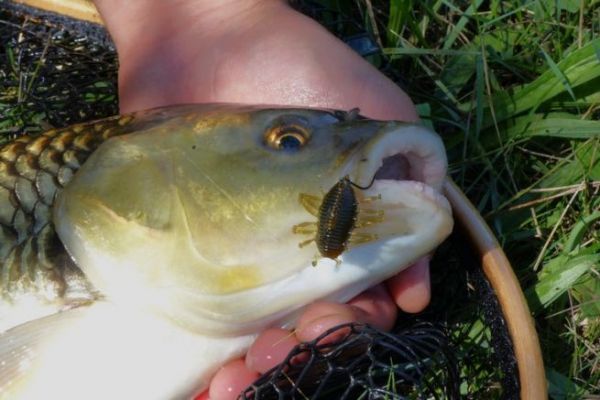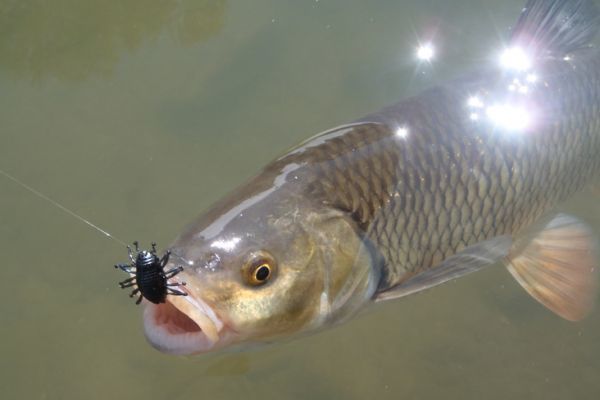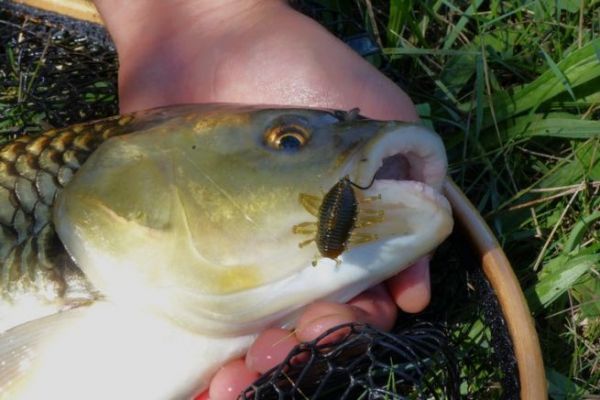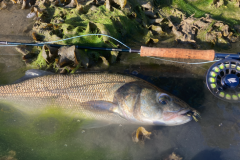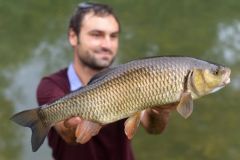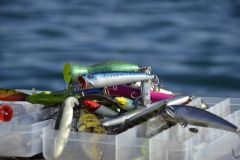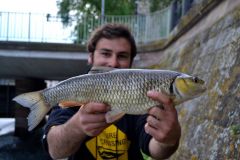An update on equipment
Fortunately, these different cases require similar equipment.
However, some adjustments in line diameter may be necessary depending on the wary nature and size of the fish. For the rod, choose a model between 2 and 2.20 m long.
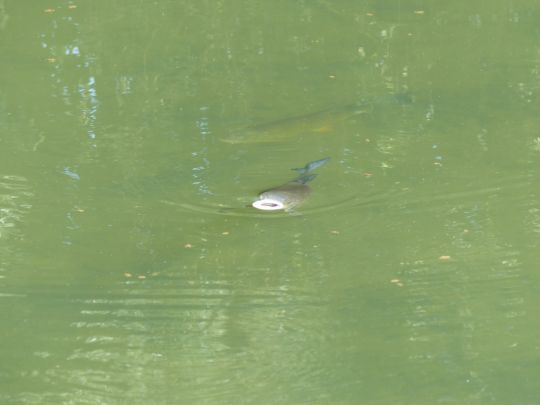
Rods designed for rockfishing are ideal. I've been using Illex Peppers for several years now, and they're perfect. Their full tip allows you to whip these very light unweighted lures (less than a gram) and press the casts to propel them at the right distance and with precision.
On the other hand, a full tip means you can cast far with a flick of the wrist, without the wide range of movement that could spook the fish. On the reel side, to balance your combo and get a coherent whole, opt for a small reel in the 1000 to 2000 size range.
It will be fitted with very fine braid (PE 0.3 or 0.4) terminated with a 20/100 fluorocarbon or 16/100 nylon leader. Fine braid allows you to cast very light lures cleanly. If you don't want to use too much braid, use a shallow spool reel, because it's important that your reel is perfectly packed, so that the line spools out perfectly when you cast.
Note that this technique is particularly useful on beautiful fish that can give you a hard time. The reel must therefore have a precise, well-adjusted drag.
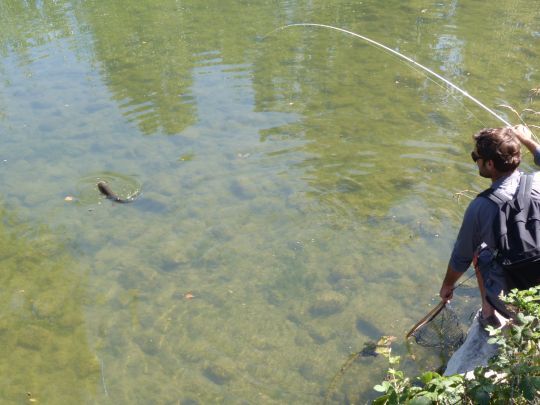
Another essential tool: polarized glasses! They enable you to see fish clearly, even when they're not directly below the surface. This is an undeniable plus when it comes to spotting more fish, since we're talking about sight fishing here.
Finally, when fishing for chub, I always use a landing net. It allows you to dry out your fish, even the big ones, in cluttered and rocky areas where chub are found, or where banks are high and unstable, or even dangerous. Fights are shortened and fish handling is greatly facilitated.
Setting up lures
For lures, we mainly use soft insect imitations, but not only. Small imitations of fruit, berries and larvae can also be used.
I attach great importance to the rig, as the imitations we use are tiny and the rigging must be meticulous. To do this, I use a single Illex finesse down shot hook in size n°6 or 4. No need for a staple here.
Your set-up should be discreet and well-balanced. There are floating and sinking insects. The most famous lure in this field is undoubtedly Illex's Woodlouse, which floats thanks to an air bubble trapped in an ultra-soft, dense material.
The basic set-up is to hook the lure through the nose so that the insect lies perfectly flat on the water. On difficult fish that often attack from the rear of the lure, I prick the hook so that it passes through the lure and comes out the back.
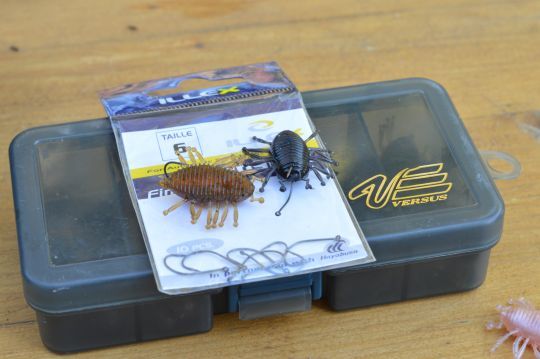
Only the tip of the hook protrudes from the lure. This means fewer misfires, but buoyancy is slightly affected, since the air bubble has been punctured.
This doesn't pose much of a problem, as the legs keep the lure on the surface. Sometimes I deliberately try to get the lure to sink, especially in case 2, when the fish are not holding directly below the surface.
A little tip to help your imitation float if it sinks slightly: brush it with a gel attractant (Illex Nitro Booster, for example), often greasy, which floats on the water and makes it easier for fish to take the lure in their mouths!
In terms of color, remember that the dark colors, seen from below, contrast very well with the clarity of the sky and are very captivating.
White is effective when chub are eating bits of bread on the surface, or cottony pollen. Black is a safe bet under fruit trees (blackberries, blackberries, sloes, etc.).
Your turn to play
Now you're ready to do battle with this formidable adversary. It's a lot of fun to fish, and stalking it on sight is a great adrenaline rush. Make the most of it this summer, or during the vacations, as our cyprin is very active during the summer period, which promises great sensations!
